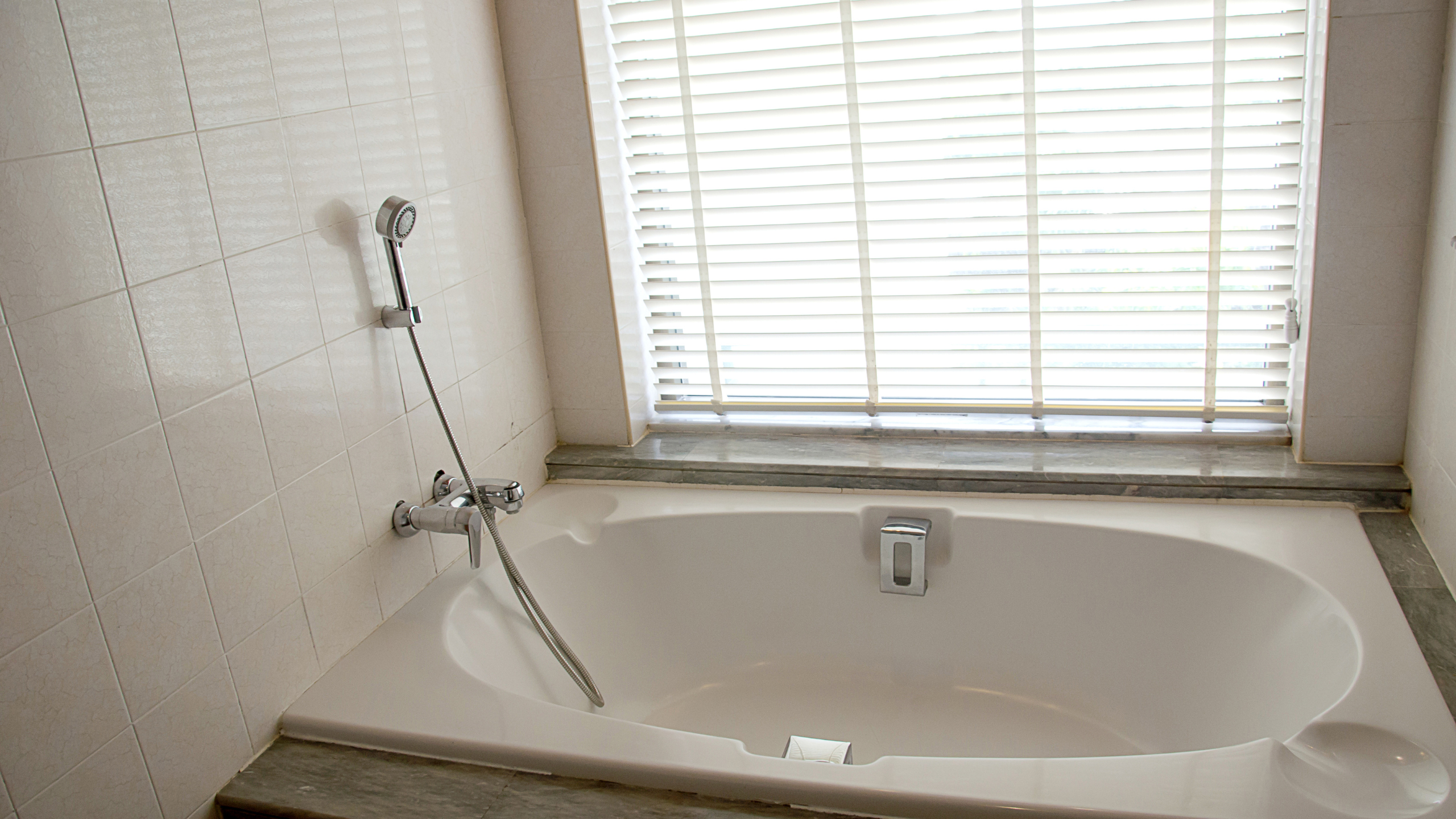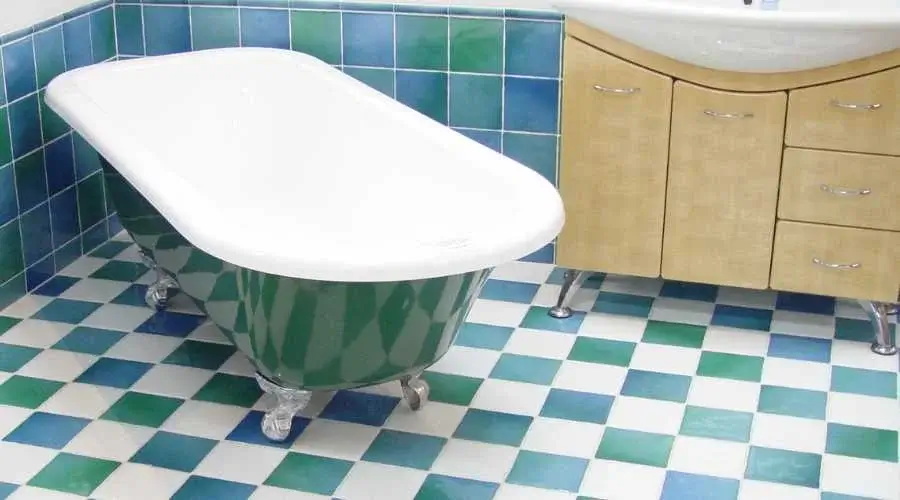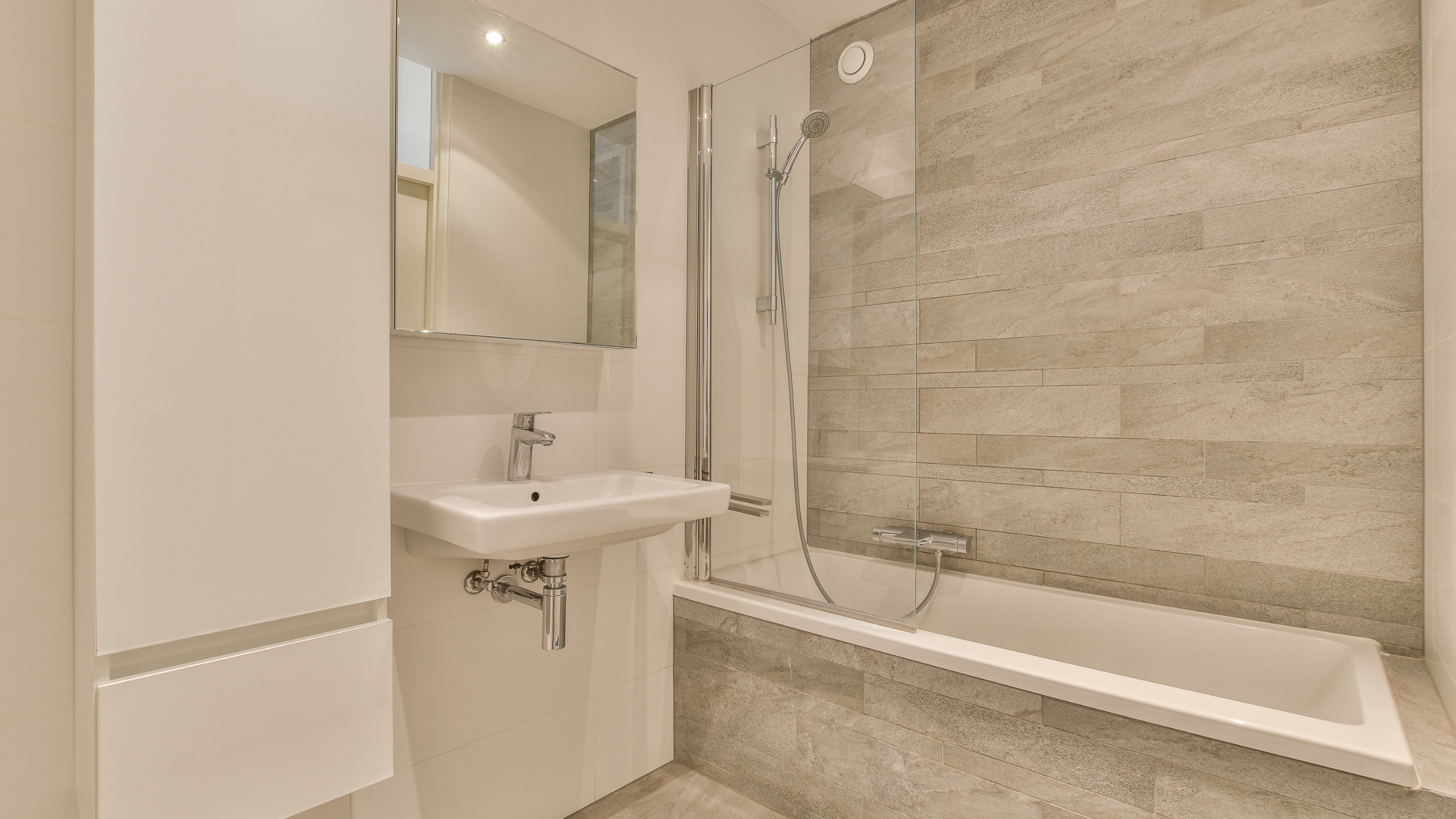Reglazing your bathtub can make it look fresh and new, like getting a makeover. It’s cheaper and more eco-friendly than buying a new tub because it fixes up the old one instead. During reglazing, the surface gets cleaned, fixed, and coated with a tough finish, making it look better and feel smoother. This method is known for updating old bathtubs without costing too much or taking too long. But it’s important to understand how it works and its limitations to make sure it lasts. From bathtubs to sinks and more, Wilmington Bathtub Refinishing has your DIY house projects covered with our expert refinishing services.
How Long Does It Take to Refinish a Bathtub?
Reglazing your bathtub can give it a new look and feel without buying a new one. It’s cheaper and better for the environment because it fixes up the old tub. During reglazing, the surface gets cleaned, repaired, and coated to make it look nicer and smoother. It’s a way to update old bathtubs without spending too much money or time. But it’s important to know how it works and its limits to make sure it lasts a long time.
How Long Will a Bathtub Refinish Last?
How long a reglazed bathtub lasts depends on several factors, such as the materials used, the skill of the technician, and how you care for it afterwards. If properly cared for, a reglazed bathtub can usually stay in good shape for 5 to 10 years. Cleaning it regularly with gentle cleaners and avoiding harsh chemicals is important to keep it looking nice. Following these steps helps your renewed bathtub stay satisfying for a long time.
9 Common Problems with Bathtub Refinishing & Reglazing (and How to Avoid Them)
Reglazing your bathtub can save you money compared to getting a new one, but it can also have some challenges. Here are nine common problems that might happen during bathtub reglazing and ways to fix them:
1. Peeling or Bubbling: Make sure the surface is really clean and fix any imperfections before putting on the coating to stop it from peeling.
2. Uneven Finish: Clean and sand the bathtub surface well to make sure the new coating goes smoothly and evenly.
3. Discoloration: Use coatings that can resist UV rays to keep the bathtub from turning yellow or fading over time.
4. Chemical Sensitivity: Use coatings made specifically for reglazing bathtubs, and avoid using strong cleaners that could damage the coating.
5. Cracks or Chips: Fix any damage on the bathtub before reglazing to make sure it looks perfect in the end.
6. Odor: Keep the area well-ventilated during reglazing to reduce strong smells.
7. Dust or Debris: Work in a clean space to stop dust or dirt from ruining the new coating.
8. Water Damage: Fix any leaks or water damage around the bathtub before reglazing to stop future problems.
9. DIY Mistakes: Think about hiring a professional reglazing service to make sure the job is done right for long-lasting results.
Remember, reglazing might only work for moderately damaged or weak bathtubs. If your bathtub is in bad shape, it might be better to get a new one instead. Before you start reglazing, check your bathtub carefully. If it’s in really bad shape, talk to a professional reglazing expert to figure out what’s best.
Conclusion
Reglazing offers a practical and affordable way to make old bathtubs look better, though it may only sometimes work perfectly. It’s important to know the limits of reglazing, especially if your bathtub has big problems like peeling or changing colour. By understanding these limits and taking good care of your bathtub, you can keep it looking nice for a long time.




